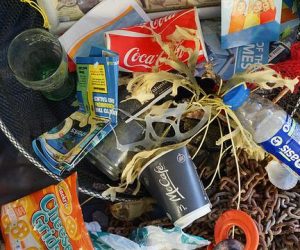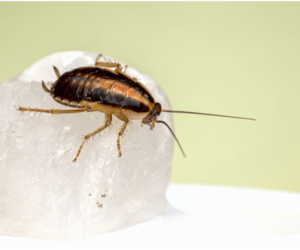Ask most people, and they will tell you that the dirtiest place in a home is the bathroom. Well, there seem to be some misconceptions. To identify germ hot spots in the home, NSF International conducted a study and came up with some surprising results. It turns out that the highest concentration of germs and thus the dirtiest spots are found in our kitchen.
The breeding ground for germs is warm and moist places. There are thousands of microscopic, single-celled organisms – in other words – bacteria, that live pretty much everywhere in the air, water, or soil, as well as in our home and inside the human body. Apart from bacteria, there are viruses; these funny “objects” straddle the fence between living and nonliving. Viruses are floating around in the air, they can be found in water or sitting on a doorknob, and once they come into contact with a suitable organism, they infect the host cells.
While most of these organisms are harmless, some are not that friendly, so you really don’t want them to linger in your home. Many places should be cleaned much more frequently than we actually do. Read on to find out the dirtiest spots in your home and read our tips on how to get rid of germs effectively.
1. Kitchen Sink
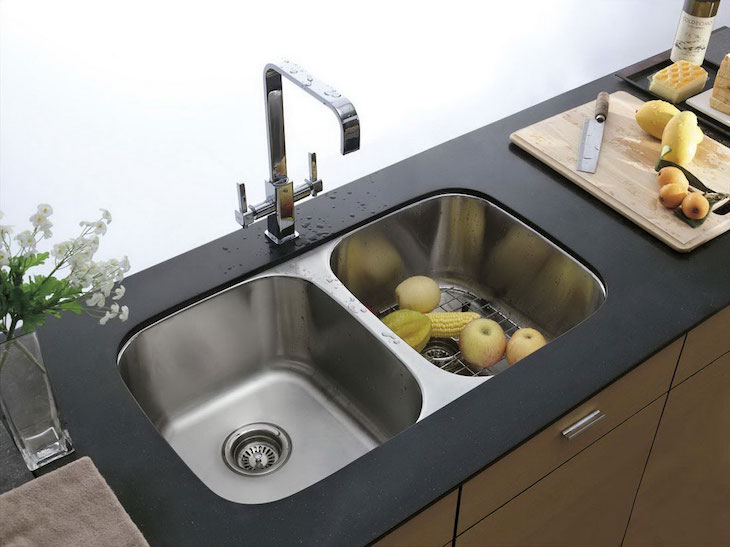
via ipehro.xyz
Since the kitchen sink is typically almost always wet and moist, there are plenty of food particles in the drain. It provides the perfect living and growing conditions for bacterias, such as Salmonella and E. coli. There might be more bacteria in your kitchen sink than in a toilet after you flush it. Make sure to clean your kitchen sink, including the tap handles, with a disinfectant product made for the kitchen regularly!
2. Dish Sponges and Rags
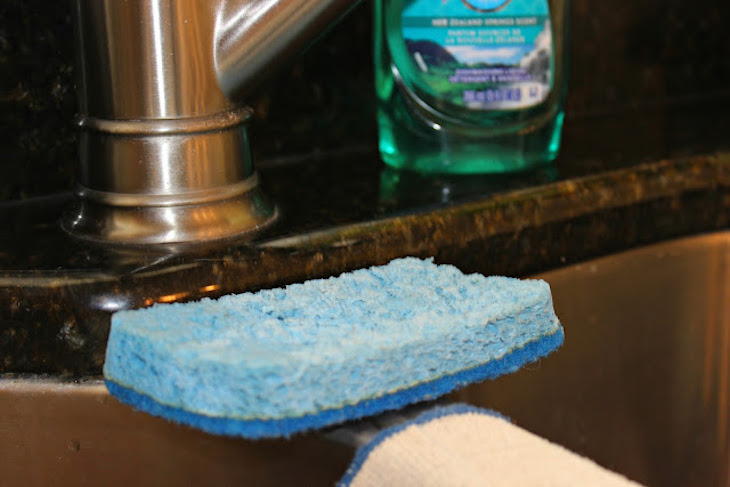
via thedomesticlifestylist.com
Some of the nastiest things in your home are probably the dish sponge and dishcloths or dish brushes you use to clean plates and pots. Isn’t it crazy that these items harbor the most E. coli and other fecal-based bacteria in many homes? Since these tools are almost always wet and contain food particles, just like the kitchen sink, they are perfect for bacterias. So what are the precautions we must take? Put the sponges every day in the microwave for 2 minutes at a high temperature, or put them through the dishwasher. Make sure to change the kitchen sponges every month and change kitchen towels regularly!
3. Cutting Boards

via mrmswoodshop.com
An important rule when using cutting boards is to either have separate boards for different types of food or at least use caution if you cut different types of food on the same board. Bacterias such as salmonella, staph, and E. coli are commonly transmitted through dirty cutting boards. Plastic cutting boards can be cleaned easily in the dishwasher. However, when it becomes worn, it can harbor bacteria that are difficult to remove. Worn boards should always be discarded.
Always clean cutting boards with soap and water and wipe off with a dry cloth. Alternatively, you can sanitize your board by rubbing kosher salt into it and rub the board with white vinegar or lemon juice as an anti-odor treatment.
4. Refrigerator
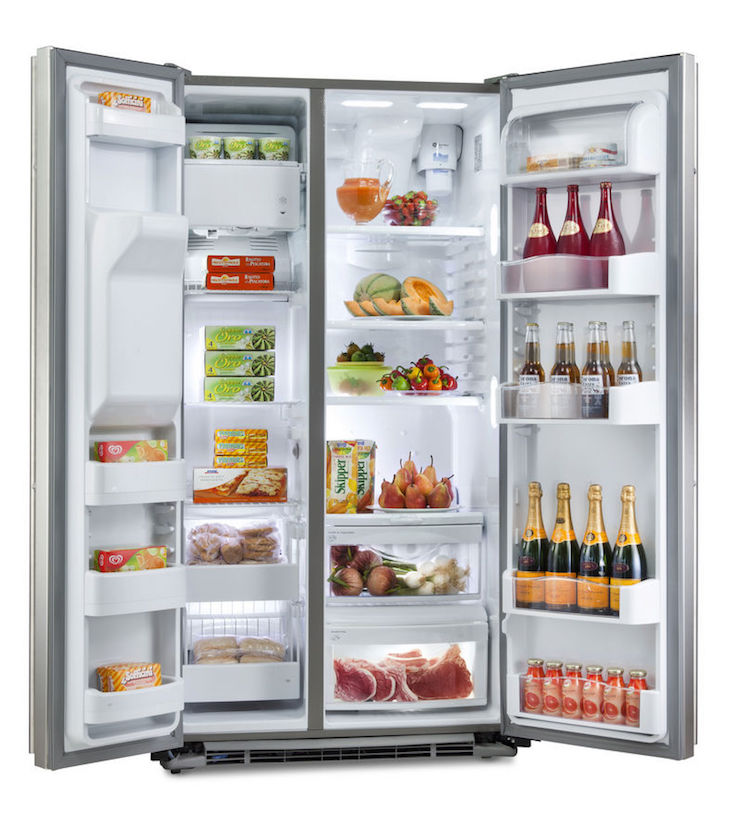
When it comes to food storage, the main principle is to keep all raw foods tucked away from everything in the bottom drawer. Try to keep everything in a closed container. As the condensation drips down from the upper shelves, the bottom shelves tend to have the most bacteria.
5. Bathroom Faucet Handles
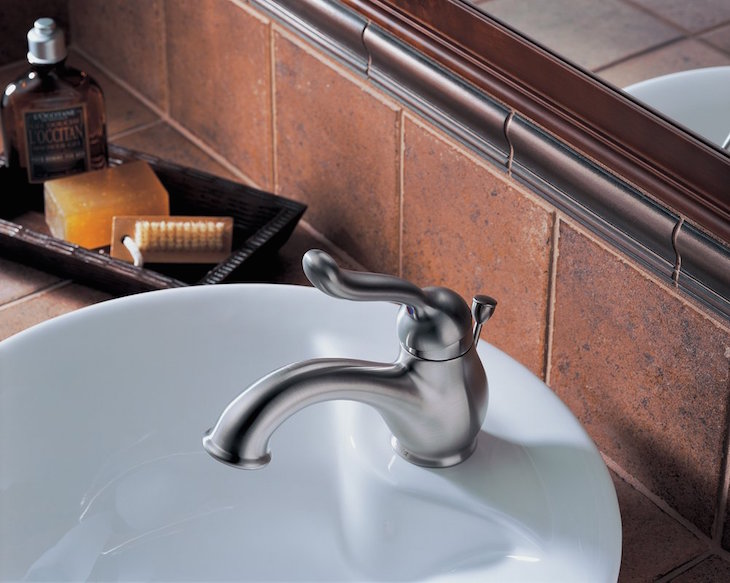
via jgshomes.com
Faucets and especially faucet handles are the most touched area in the bathroom. It becomes a breeding ground easily for germs because we touch the handles of faucets before washing hands, transferring dangerous bacteria to the surfaces. This problem can be easily eliminated by wiping down the handles daily with antibacterial cleaning products or disinfectant wipes.
6. Bath Mat
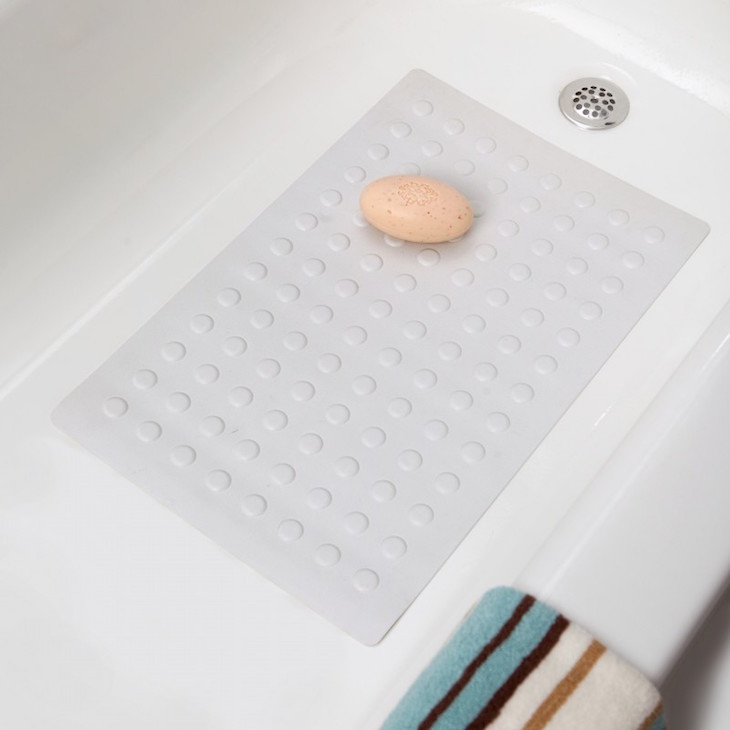
Another critical area in the bathroom is the rubber bath mat. As they are wet and usually placed in a dark bathroom, they provide an ideal environment that bacteria thrive. Therefore they are one of the most contaminated items in your home. Make sure to dry it as much as possible and clean it regularly.
7. Stove Knobs
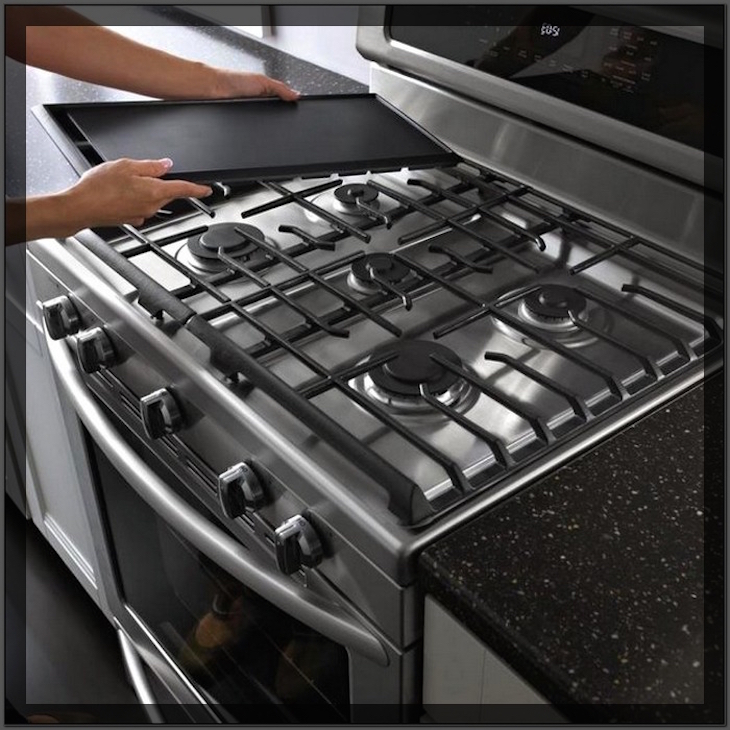
via mfc-creation.com
Stove knobs often get overlooked in cleaning. We focus on the big things, like the top of the cooker but not on the small things. It is important to clean them regularly with a cloth and antibacterial cleaning product or even better if your stove knobs are removable. Check it in the user’s manual whether they can be removed or not and give them a nice wash frequently.
8. Bathtub
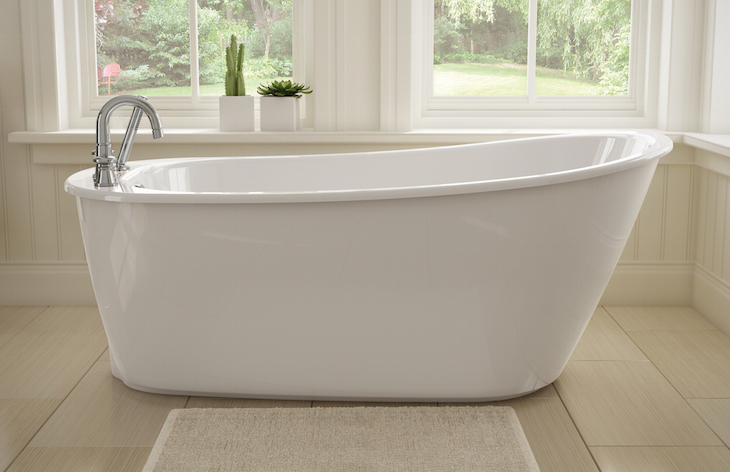
via www.kitchenologie.net
We all know by now that any wet place is a perfect breeding place for bacteria, mold, and fungi, so no wonder why the bathtub is the dirtiest place in the home. When you rinse bacteria off your body, it sticks to the sides of the tub. There is an easy way of getting rid of germs. Simply dry off the bathtub after every use and spray it with a product that contains at least 3 percent hydrogen peroxide.
9. Toothbrush Holder

via ninacho.com
Believe it or not, your toothbrush holder is one of the germiest places in your house. Besides plaque and bacteria that we brush off our teeth, other bacteria cling to the holder and the toothbrushes because usually they are left out on the counter. The good idea is to use a plastic cover to protect the brush from germs. And also to put your toothbrush holder in your dishwasher at least once a week to kill germs. Choose a dishwasher-safe material like stainless steel or plastic instead of bamboo or other materials.
10. Kitchen Countertop
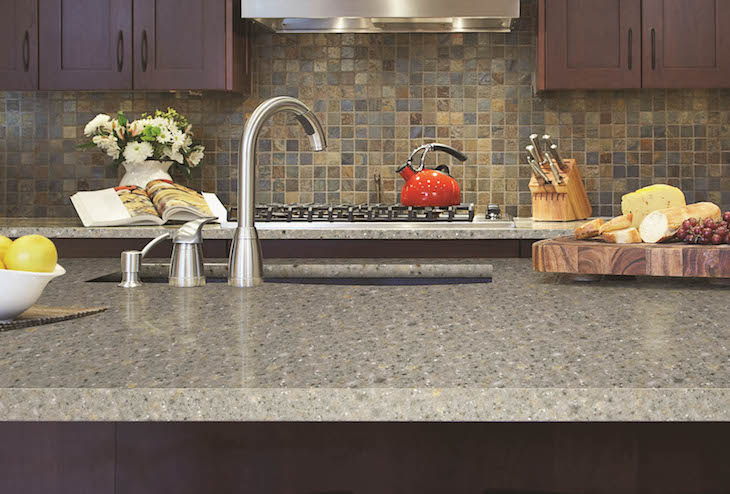
via elotomb.tk
Perhaps the countertop looks clean to you, but viruses and bacteria are invisible to the human eye, so you can’t be sure if it is actually clean. The dirtiest part of the countertop is near the sink area because we tend to wipe them down with sponges that are likely to have E. coli and other bacteria on them. Make sure to spray down countertops with an antibacterial cleaning product or apply equal parts warm water and white vinegar and wipe dry using a soft cloth.


